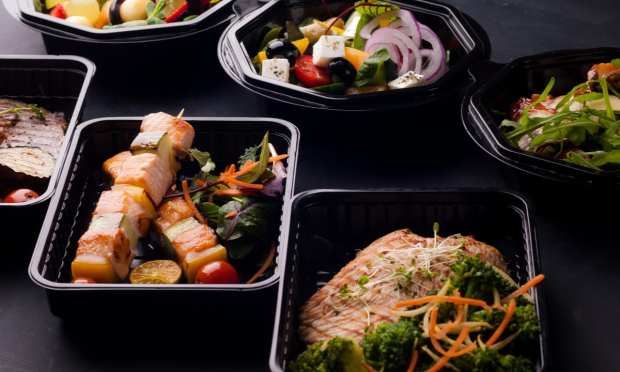Feast & Fettle Brings Kitchen-To-Doorstep Take To Meal Delivery

New England meal delivery service Feast & Fettle is not competing against the third-party aggregator giants — it does not aggregate anything. Instead, the company is one part meal delivery service, one part gourmet ghost kitchen chain. The service, which began in Rhode Island and recently expanded to Boston, delivers ready-to-reheat gourmet meals created in-house.
“A lot of the food delivery businesses out there, I think they’re incorrectly focused on the technology first,” Feast & Fettle CEO Carlos Ventura Jr. told PYMNTS in a recent interview. “And, you know, we take a different approach. We are a food business, 110 percent, that’s tech enabled … We take a very serious approach, especially when it comes to the food.”
Each week’s menu features eight or more entrees, including several meat-free options, and a selection of sides and desserts. All recipes are designed to be reheat-friendly, since the food arrives chilled. Meals are prepared by the production team, largely made up of professionals from “very highly regarded restaurants,” Ventura explains, and then delivered by Feast & Fettle’s drivers in the company’s vans. Ventura describes the model as a “variation of a ghost kitchen,” adding, “With us it’s more about, yes, having an off-premises commercial kitchen, but also vertically owning the entire customer experience.”
Targeting A Different Audience
In PYMNTS’ most recent Delivering on Restaurant Rewards report, created in collaboration with Paytronix, researcher found that younger consumers, typically between their late teens and their early 40s, tend to be the ones ordering online the most often. Feast & Fettle differentiates itself by serving a slightly older clientele that tends to live in more suburban areas, a group that might not have been quick to work regular meal delivery into their routines under different circumstances.
“Older folks, maybe 45 plus, who probably have a different association with the term meal delivery … I think the pandemic almost prompted them to say, ‘OK, I’ll try this,’” said Ventura. “And they were wowed, and I think that it’s really allowed us to essentially … service the demographic we would have been servicing anyway, just a little bit faster.”
While young consumers may seek novelty and excitement from their restaurant meals, older consumers are well-suited to the sort of high-quality, simple meals that Feast & Fettle offers. Ventura explained, “Most of our members actually either use us or they cook from home, and we essentially try to replicate that at home meal. So, what would you make, if you had the time and the energy?”
Looking Ahead
Going forward, Ventura hopes to expand the company’s offerings to Southern Connecticut and New York. “I think for us that the Feast & Fettle market would be more like a Long Island versus a Manhattan, especially post-COVID,” he said. “We’ve always found that the suburbs are just better suited for what we do.”
Though some speculate that the mid-pandemic meal delivery boom will be short-lived, Ventura believes that, as the demographic Feast & Fettle serves grows accustomed to the quality and convenience of the company’s meals, demand will remain high. He predicted, “I think that it’s definitely here to stay and I’m not saying that from a selfish standpoint, but I think … people have realized, ‘I might have gone out to restaurants three nights a week — I can have the same exact quality at my house.’”
Sure enough, the data support this prediction — a recent study highlighted in the PYMNTS December Mobile Order-Ahead Tracker found that digital orders will make up 54 percent of quick-service restaurant (QSR) sales by 2025, marking a 70 percent increase over values outlined in studies published before the pandemic’s onset. Feast & Fettle’s ghost kitchen/delivery hybrid model suggests that the future of meal delivery could extend beyond the large, multi-national aggregators.
